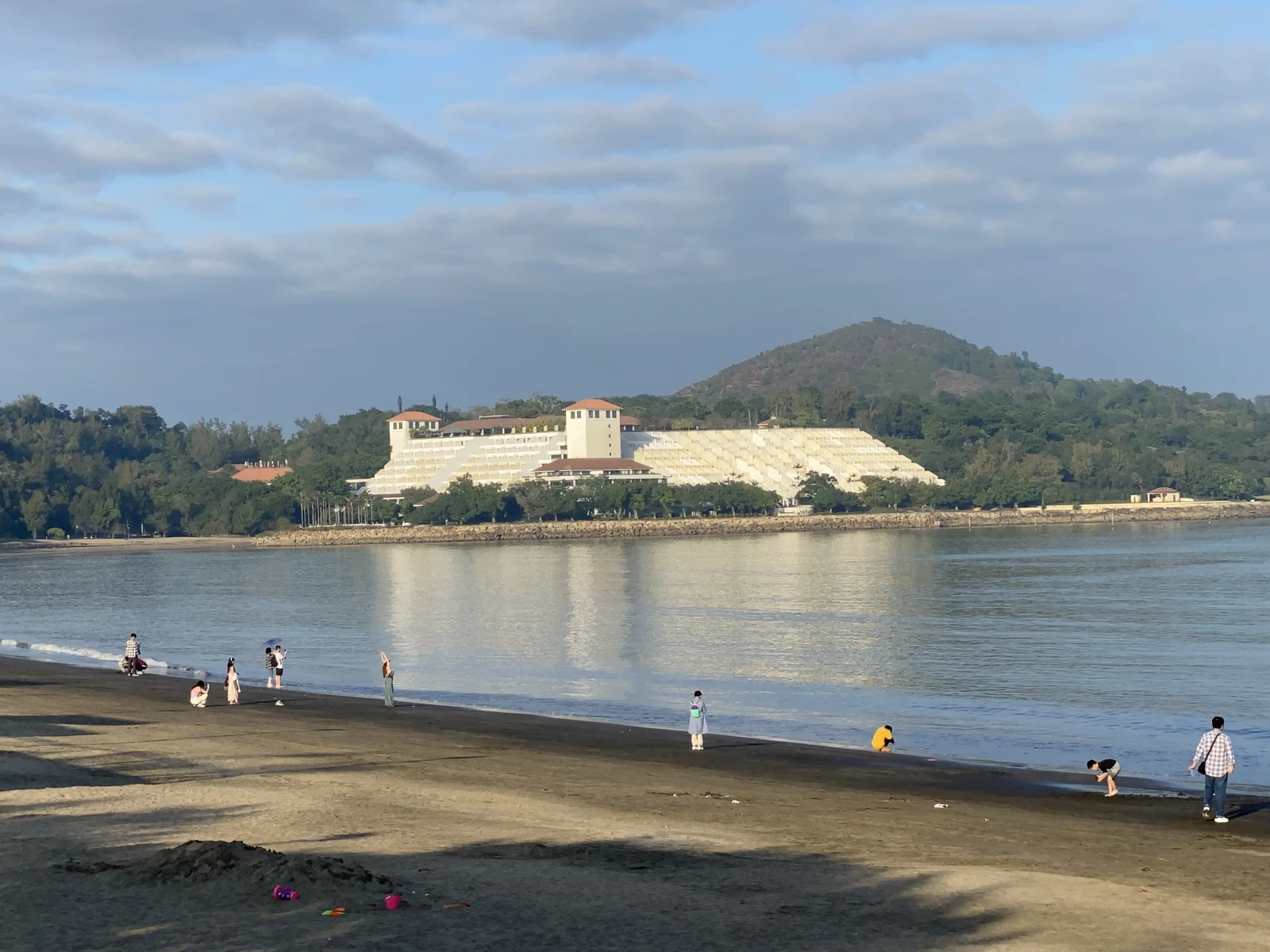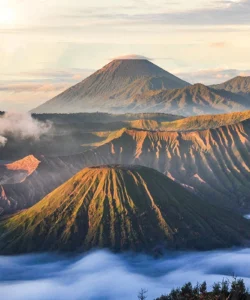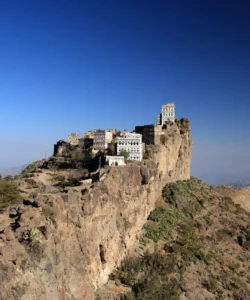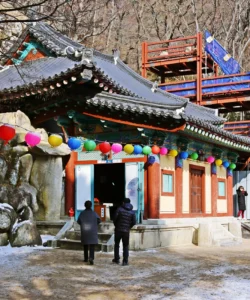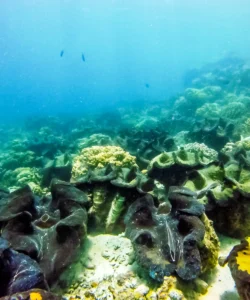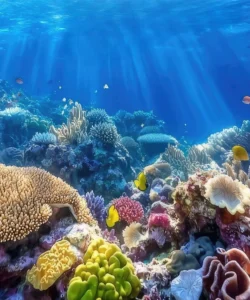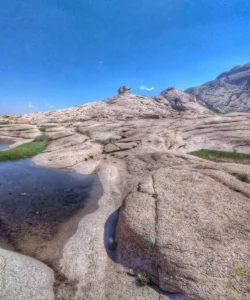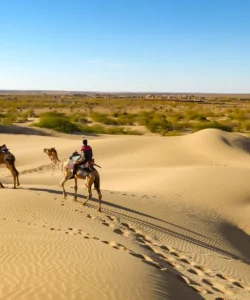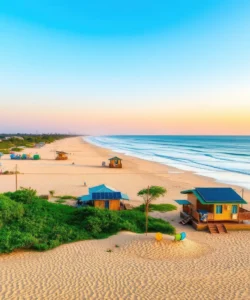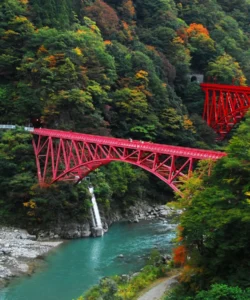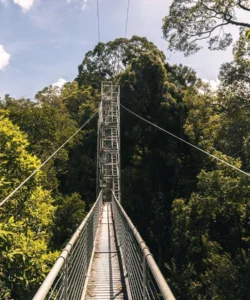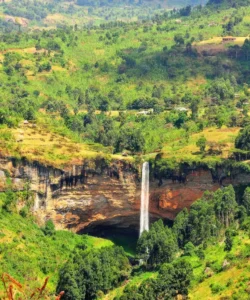Hac Sa Beach, meaning “Black Sand” in Cantonese, is Macau’s largest natural beach, nestled on the eastern side of Coloane Island. While Macau is renowned for its casinos and colonial architecture, Hac Sa Beach offers a refreshing natural escape, once famous for its distinctive dark-hued sand.
![]()
Name: Hac Sa Beach (Praia de Hác Sá; 黑沙海灘)
Address: Estrada de Hac Sá, Coloane, Macau.
How to get there:
Hac Sa Beach is easily accessible from various parts of Macau, including the Cotai Strip and the Macau Peninsula:
- By Bus: Several public bus routes serve Hac Sa Beach directly.
- Route 15: Connects Coloane, Cotai Strip, and Taipa Village.
- Route 21A: Connects Coloane, Cotai Strip, Taipa Village, and central Macau.
- Route 26A: Connects Coloane, Cotai Strip, Taipa Village, and downtown Macau.
Buses are generally frequent and affordable.
- By Taxi: Taxis are readily available and can take you directly to the beach.
- By Car/Scooter: If you’re driving or riding, follow signs to Coloane and then Hac Sa Beach. There’s usually parking available.
Landscape and Architecture:
Hac Sa Beach stretches for approximately 1 kilometer along the coastline of Coloane Island. Its landscape is characterized by:
- Distinctive Sand: While originally famous for its natural black sand (caused by minerals in the water, particularly from weathering volcanic rocks), erosion has necessitated the government to periodically replenish the beach with yellow sand. This means the “black” sand may now appear more mixed or even predominantly yellow in some areas.
- Lush Surroundings: The beach is backed by verdant hills, including the Hac Sa Reservoir Country Park, offering a scenic contrast to the urbanized parts of Macau. There are numerous walking trails and green areas nearby.
- Recreational Facilities: Adjacent to the beach is Hac Sa Park, which features a public swimming pool (open seasonally), tennis courts, badminton courts, a mini-football pitch, a basketball court, picnic areas, and children’s playgrounds. There are also changing rooms and showers available for beachgoers.
- Coastal Development: Along the beach, you’ll find a mix of casual eateries, BBQ stalls, and more established restaurants, notably the popular Portuguese restaurant, Fernando’s. The Grand Coloane Resort is also located nearby, offering more upscale accommodation and dining options.
- Dragon Claw Pavilion: A picturesque spot along the nearby coastline, part of the “Black Dragon Claw Beach Corner Road” trail, known for beautiful sunset views.
What makes it famous:
Hac Sa Beach is famous for:
- Its “Black Sand”: Historically, its unique black sand was its defining feature, setting it apart from typical beaches. While the blackness has diminished due to replenishment, the name and legacy endure.
- Largest Natural Beach in Macau: It holds the title of Macau’s largest natural beach, providing a rare stretch of coastline in the densely populated territory.
- Family-Friendly Retreat: It’s a popular spot for locals and visitors seeking a relaxed day out, offering a range of recreational facilities beyond just swimming and sunbathing.
- Food Scene: The presence of well-known eateries like Fernando’s and various BBQ stalls makes it a destination for casual dining, particularly for those craving authentic Portuguese flavors or a laid-back BBQ experience.
- Escape from the City: It provides a tranquil escape from the bustling casinos and urban environment of central Macau, allowing visitors to connect with nature.
Differences from some other wonders:
Compared to other wonders, particularly those found in Macau, Hac Sa Beach offers a different kind of experience:
- Natural vs. Man-made/Historical: Unlike the architectural marvels (Macau Tower, Ruins of St. Paul’s, Guia Fortress, Fortaleza do Monte) or the vibrant casino resorts, Hac Sa Beach is a natural attraction. While it has undergone some artificial replenishment, its primary appeal lies in its coastal environment.
- Leisure & Relaxation vs. Thrills & History: While Macau Tower focuses on extreme adventures and panoramic views, and the fortresses on historical and military significance, Hac Sa Beach is all about laid-back leisure, swimming, picnicking, and enjoying the outdoors.
- Unique Sand Color (Historically): Its original black sand made it visually distinct from the typical white or golden sand beaches found globally. Although less pronounced now, it was a unique geological feature for the region.
- Community Hub: It serves more as a community and family-oriented recreational area with its parks and sports facilities, rather than a purely tourist-driven attraction.
Hac Sa Beach, despite the changes to its iconic sand, remains an important natural and recreational asset in Macau, offering a refreshing contrast to the territory’s more urban and historical attractions.
